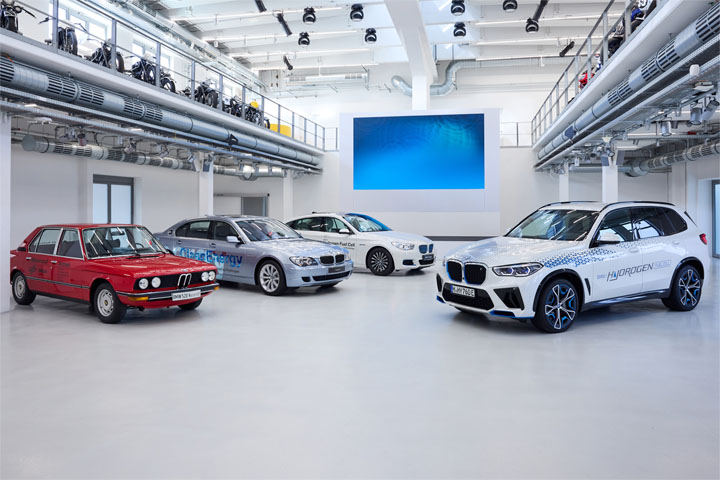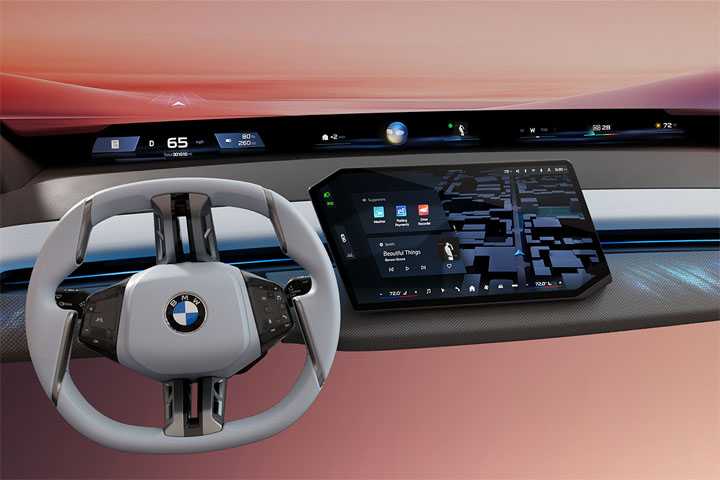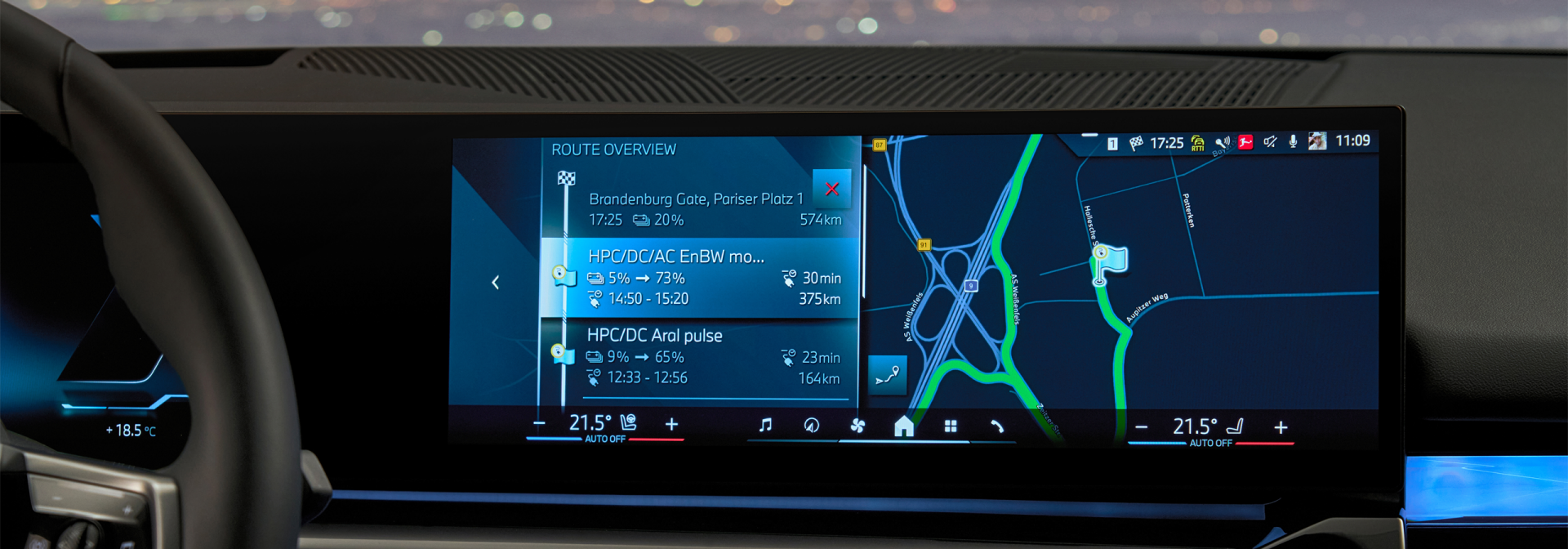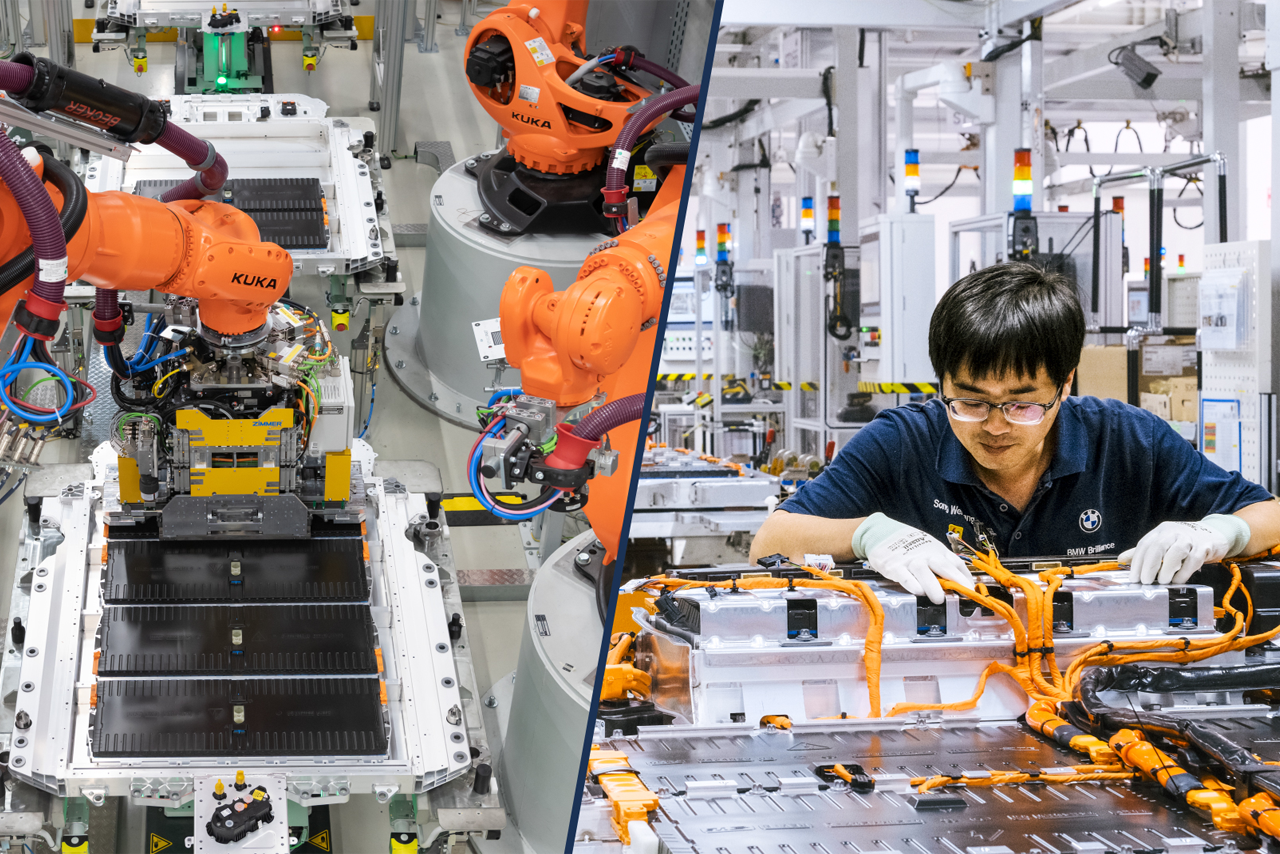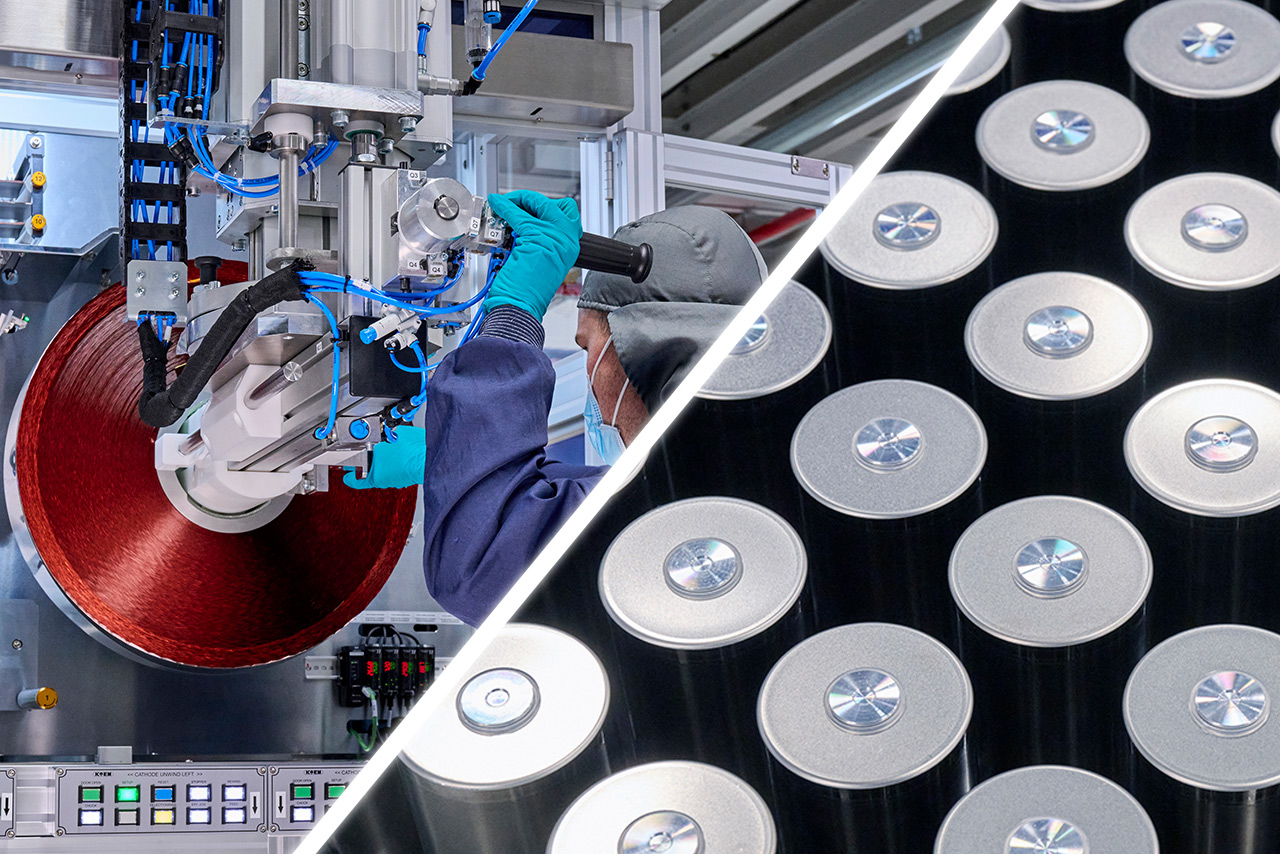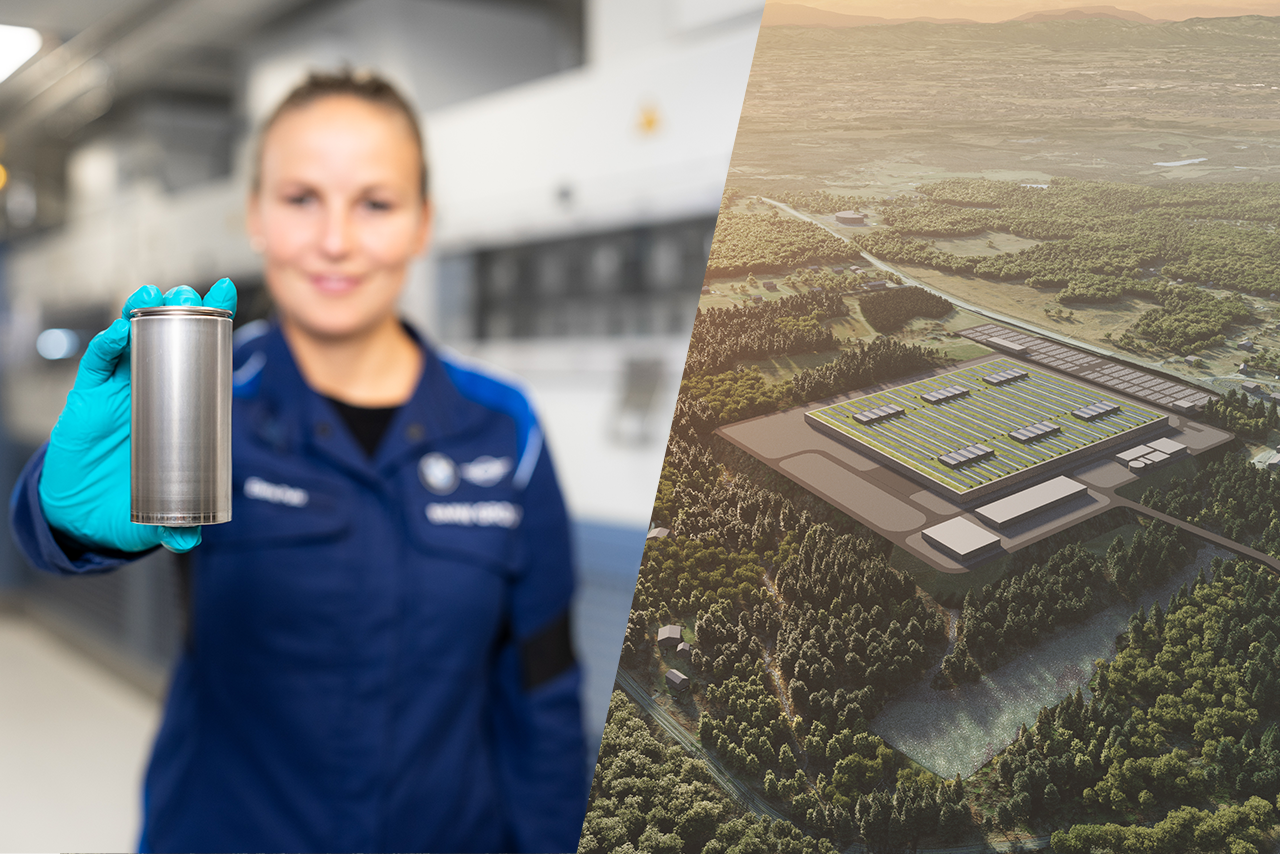The future of electromobility depends fundamentally on the charging infrastructure. Major expansion is needed of both public and private charging. At the BMW Group, we understand just how important the infrastructure is – and we are proving to be a pioneer in the field within automotive sector.
EXPANDING THE GLOBAL CHARGING INFRASTRUCTURE.
Universally accessible and convenient charging is key in the continued growth of electromobility. The BMW Group takes a holistic approach in this regard that extends from strategic joint ventures and attractive products and services for customers to the installation of its own in-house infrastructure so that employees can charge at work.
Electric vehicle charging is a very wide-ranging topic and can be done from home, at work or at public charging points. For electromobility to continue progressing, all three options must be expanded – with the public charging infrastructure playing a particularly important role. At the BMW Group, we understand this fact and are actively involved in a number of ways, for instance with the establishment and development of joint ventures in our three key markets worldwide: IONNA in the US, IONCHI in China and IONITY in Europe,
Just recently IONNA came a major step closer to launching. Realised by seven automotive corporations collaborating since 2023, the project is scheduled to take its first charging stations on stream in November 2024. What’s more, the seven founders are now about to be joined by an eighth: Toyota, the BMW Group’s long-standing partner on projects in various fields, is about to get involved.
Less than a year after it was established, IONCHI in China is also edging ever closer to its official launch at the end of September. Established by the BMW Group in conjunction with Mercedes-Benz, the fast-charging network is set for major growth in city centres over the next few years. By the end of 2026 it is on course to operate about 7,000 charging points, including 1,000 fast-chargers.
Meanwhile the European joint venture IONITY is now one of the continent’s leading providers of charging stations. Almost 4,000 fast-charging points at more than 600 stations serve European customers. With a focus on long-distance travel, the charging points are located along motorways and highways.
Drivers of electric cars already benefit from outstanding network coverage today, with access to over two million charging points worldwide. In Europe, BMW and MINI Charging account for 95 percent of them – and access for BMW and MINI drivers is about to become even more convenient: thanks to the multi-contract function, they will be able to have up to five individual Plug&Charge-enabled mobility electricity contracts from different energy providers in their cars.
The BMW Group is also expanding the charging infrastructure by establishing charging points on its own premises. Since 2019 more than 6,300 have been set up at eight locations across Germany. Another 1,000+ charging points are in place at its European sites.
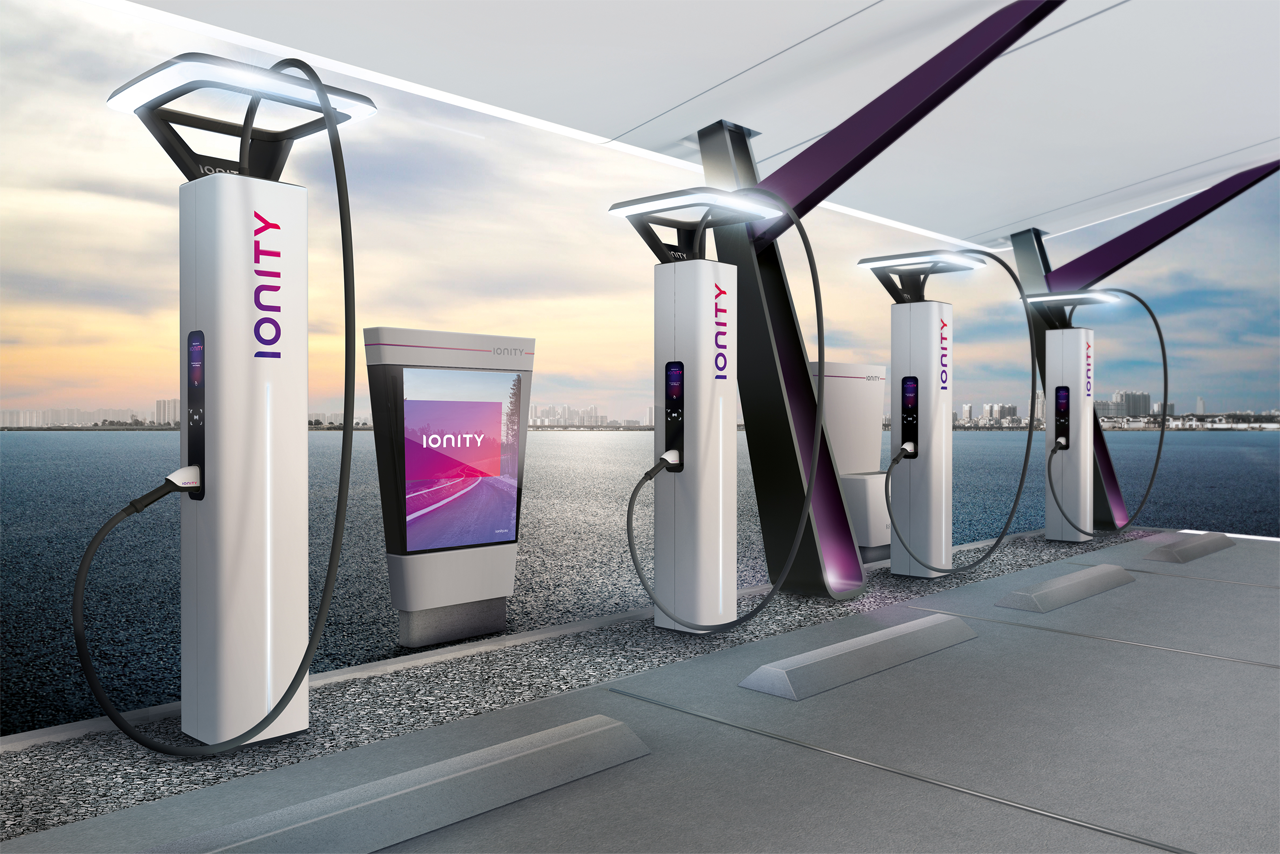
TECHNOLOGICAL INNOVATIONS BY BMW CREATE HOLISTIC CHARGING SOLUTIONS.
Route-optimised travel.
Until now, charging an electric car has mainly been a challenge on longer journeys. But as the coverage of the motorway charging network gradually improves, it is getting easier and easier to find a charging point. Now things are getting even simpler, with route optimisation courtesy of BMW eRoute. In-car software calculates detailed route plans in the cloud and tracks the state and charge of the vehicle battery. It then uses the information to plan a suitably efficient route with strategic stops at free charging points along the way, which the driver can choose to use as they wish. Cafes, shops and restaurants are also factored in alongside the charging points to make the journey as pleasant and interesting as possible. The app also keeps the driver up to date on charging progress and when best to start on the next leg of the journey.
Cost- and load-optimised driving.
In addition, BMW is showing how home charging can be optimised as well. The Connected Home Charging Package developed in collaboration with E.ON covers every aspect, from the installation of the BMW Wallbox Plus and other features to tariffs so cars can charge when the prices are best.
Connected Home Charging also allows photovoltaic systems to be integrated, meaning drivers can charge autonomously via their home-generated power supply. Price fluctuations, subsidies for home-generated power and charging times are all factored in to guarantee optimum charging at home.
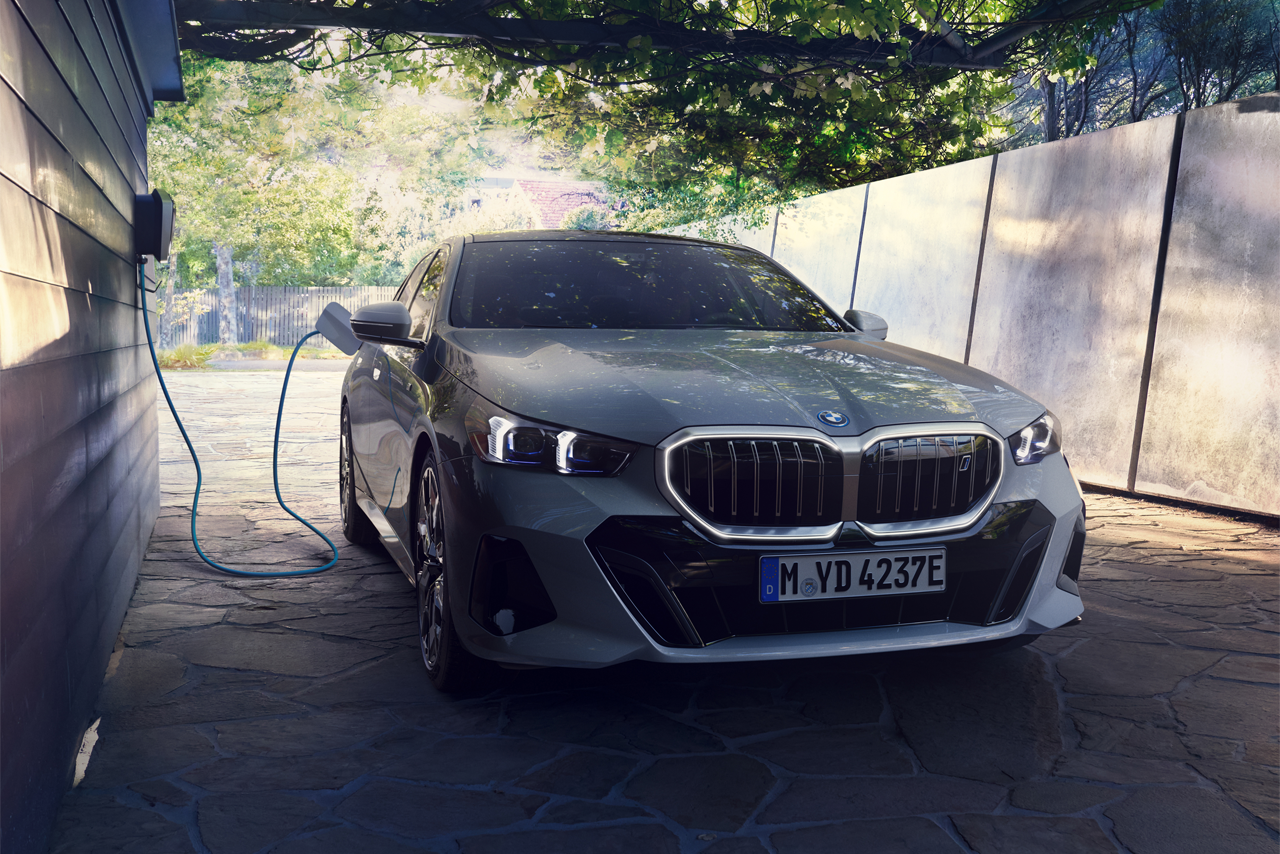
Cars as energy storage.
The Neue Klasse by BMW represents a new generation of electricity usage: from 2025 these models will be capable of storing as well as releasing electricity, with new technology allowing bidirectional charging. Electric cars will become mobile energy sources – electrical sockets on wheels, as it were – enabling the energy they store to be supplied to the driver’s home or the public grid, or even to charge external electrical devices. The various functions will ensure secure supplies and enable different sustainable energy sources to be better coordinated.
Bidirectional charging also includes the ability to use wind and solar energy when generation is at a peak and feed it back to the selected grid when production is low – at night, for example. With their new technological innovations, electric cars will become even more integral to the energy transition.
For more on the development of electromobility at the BMW Group, click here. For more about sustainability more generally at the BMW Group, click here.

